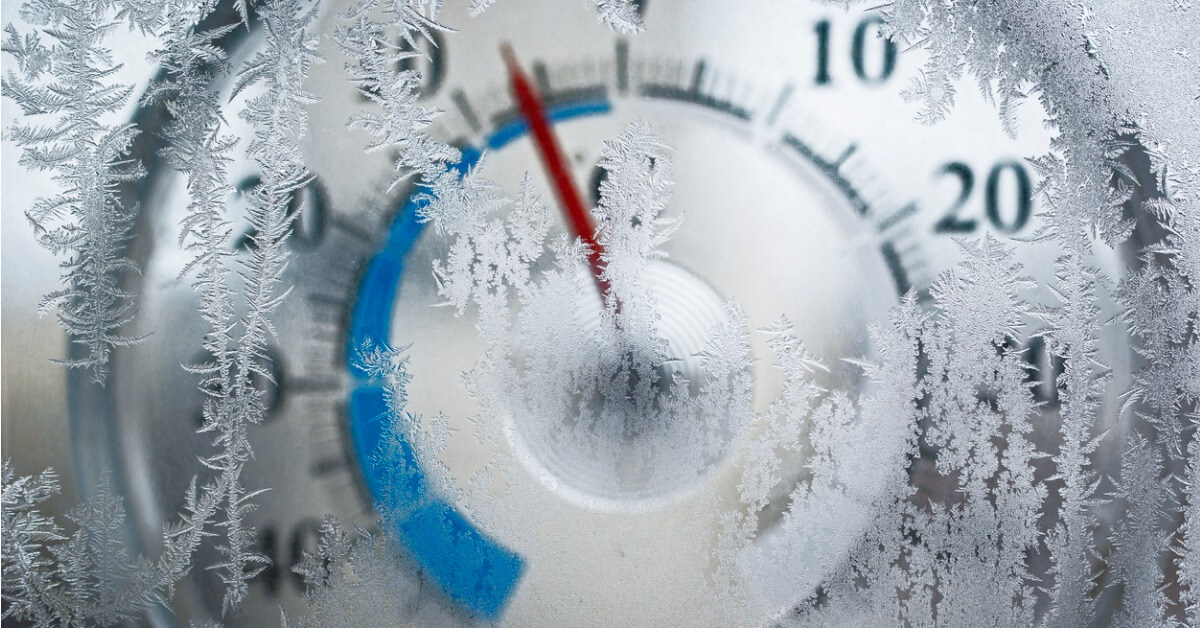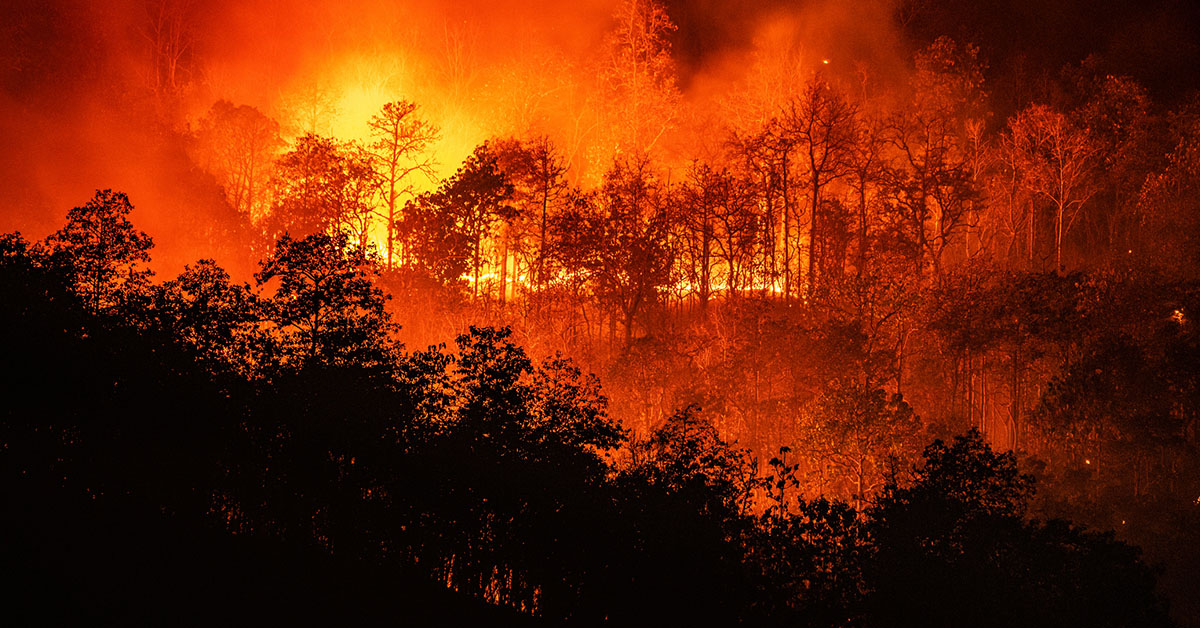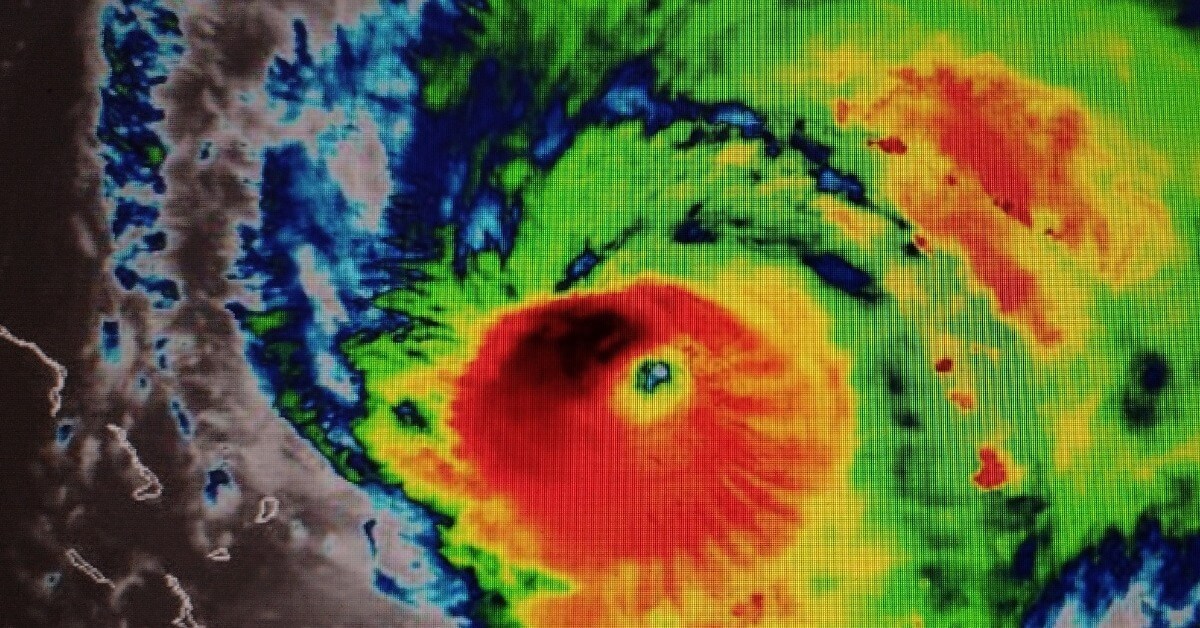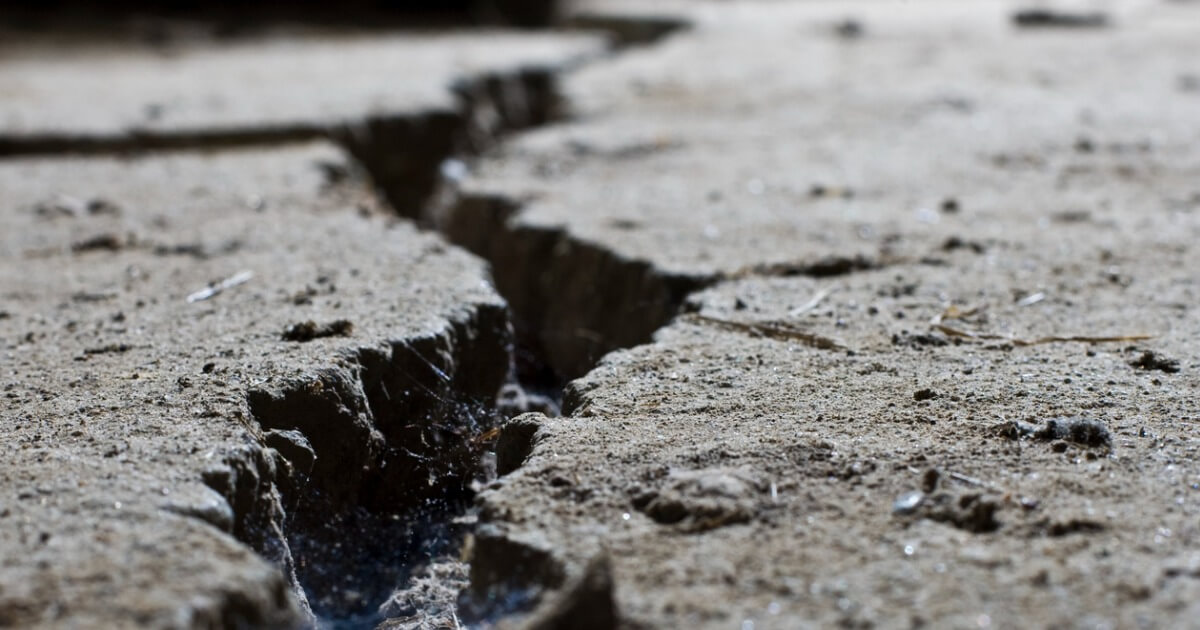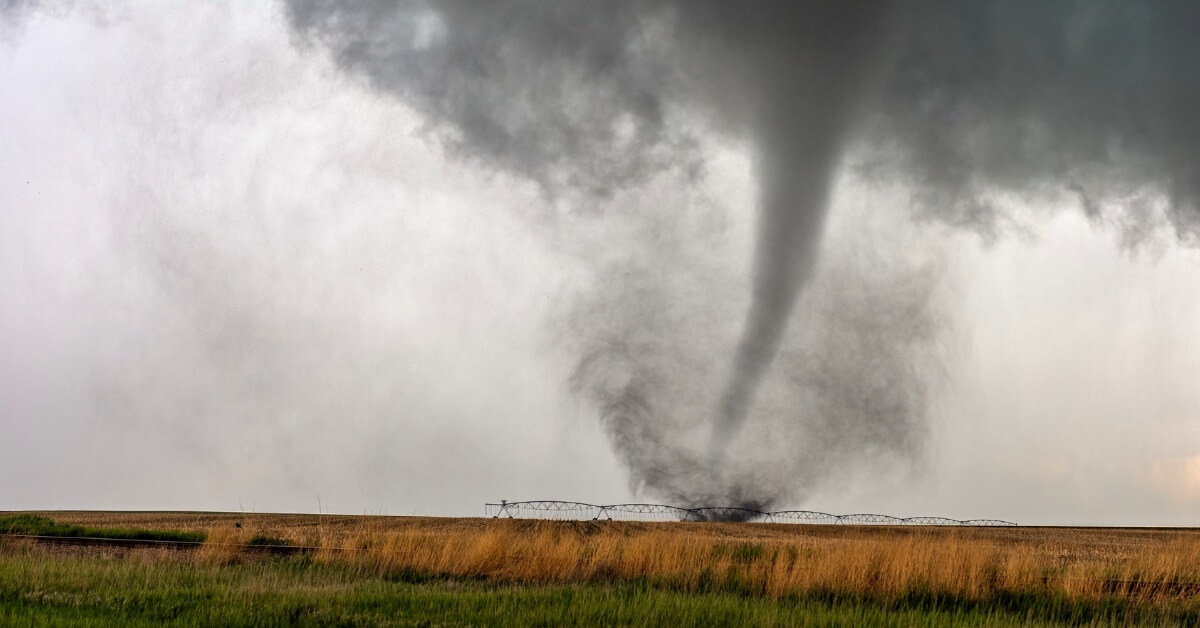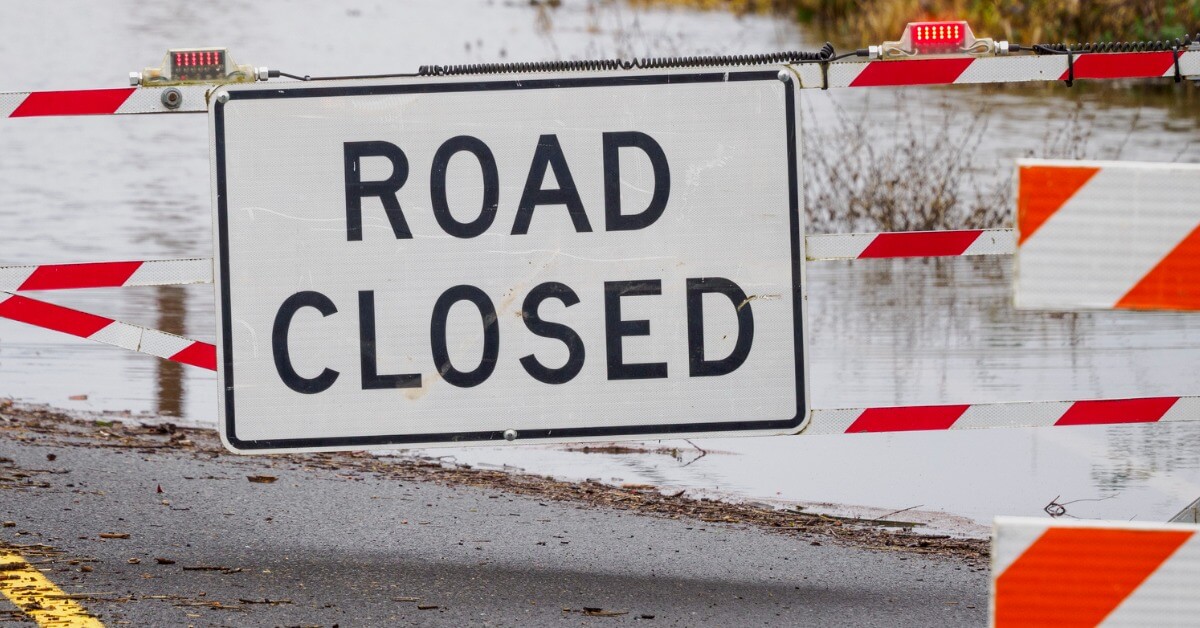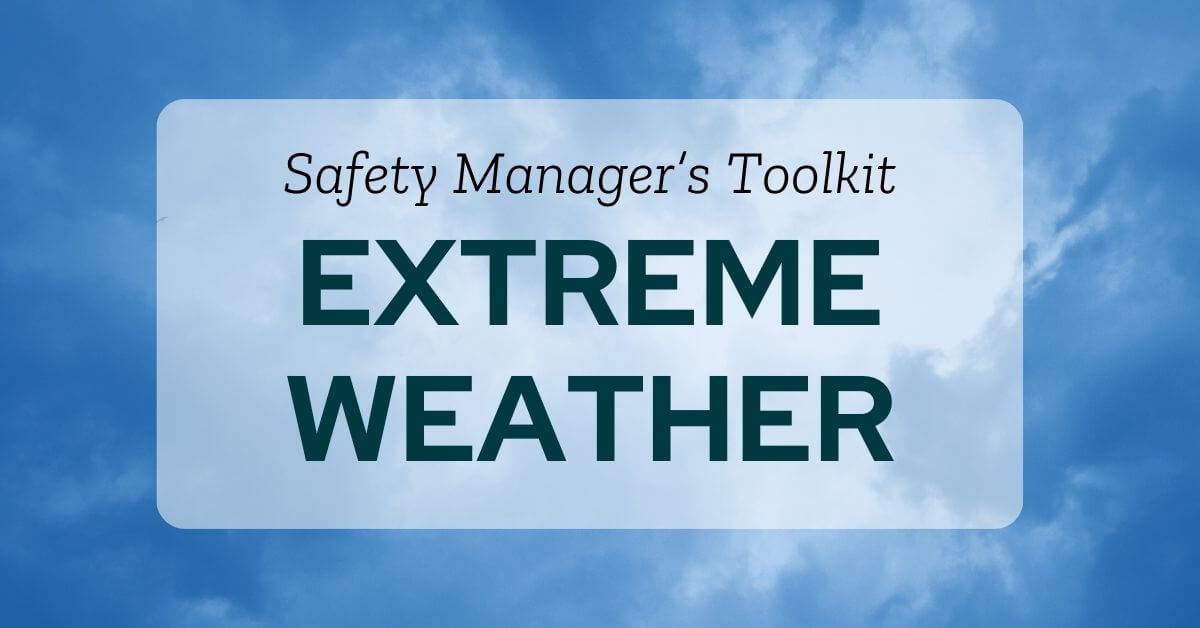Extreme weather events are becoming increasingly common across the globe, causing widespread damage and disrupting daily life. In many parts of the country, the end of summer brings the worst of the dry season in many parts of the county. This is why we need to ensure we have our drought preparation and water conservation plans in place.
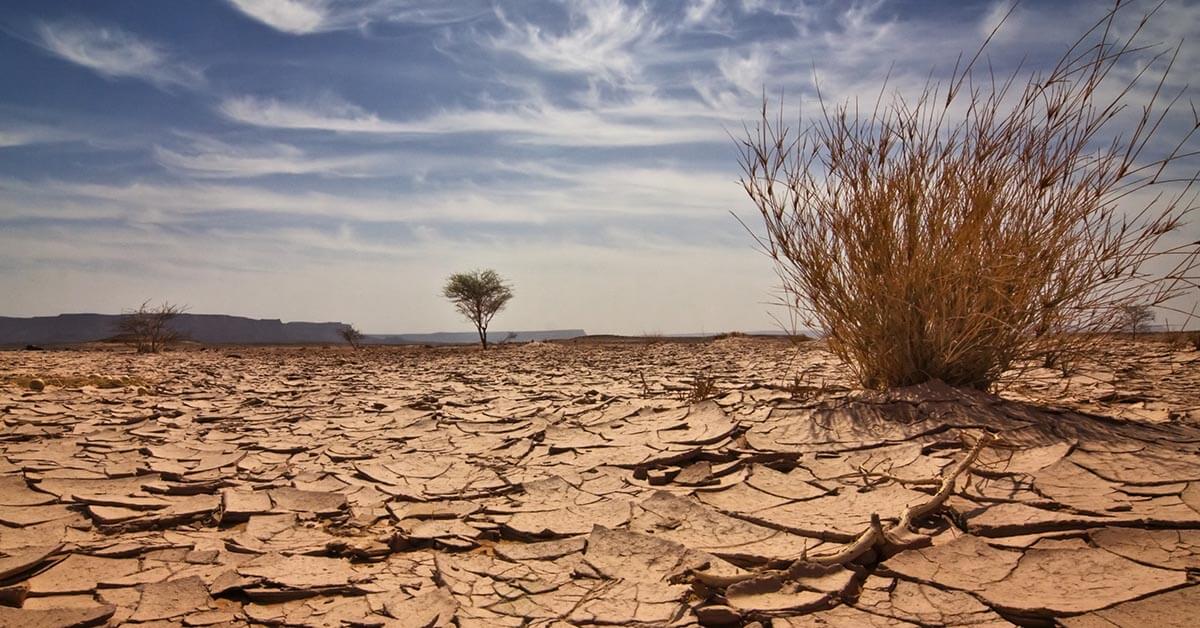
So, how do you prepare for the impact of drought on your facility? There are three keys to reducing the impact of wildfires on your workforce. Let’s follow the three Ps we use for all extreme weather preparation:
Let’s dive into these three Ps
The First P
PLAN for Drought Safety
Drought can be defined four ways:
Meteorological Drought: when an area gets less precipitation than normal. Due to climatic differences, what is considered a drought in one location may not be a drought in another location.
Agricultural Drought: when the amount of moisture in the soil no longer meets the needs of a particular crop.
Hydrological Drought: when the surface and subsurface water supplies are below normal.
Socioeconomic Drought: when water supply is unable to meet human and environmental needs can upset the balance between supply and demand.
How do we plan for these events?
Monitor weather conditions and plan for water conservation. Sustainability news has some great tips for you.
Contact your local water authority or utility district, or your local emergency management agency for information specific to your community.
Monitor facility for leaks and service systems as needed. One drop per second from a dripping faucet wastes 2,700 gallons of water per year!
According to the U.S. Drought Monitor, 28% of the lower 48 states were in drought last month, affecting 42.6 million people.
Long periods of abnormal dry weather can cause crop damage, water shortages, and can catalyze fire hazards.
The Second P
PREPARE for Drought Safety
Think through the implications of drought with a preparation checklist:
- Regularly maintain equipment that uses water
- Devise an action plan for maintaining, using and reviewing all water resource supplies
- Assemble facts about rainfall records (you could use a combination of official records and local experience)
- Identify alternative water sources
- Identify water recycling processes and opportunities
- Clearly identify and analyse the possible risks to your business from a drought
- Develop regular maintenance and review strategies for water conservation
- Check with your local industry networks and local authorities for drought planning guidelines
- Contact local authorities to obtain specific information to help develop drought management strategies for your business
What is your facility’s response plan?
Create a Water Shortage Response Plan to monitor conditions and delegate leaders to implement emergency response and prioritize actions.
- Ensure adequate clean drinking water is available.
- Regularly maintain your water consumption sources (e.g. install water-efficient nozzles on taps, checked for leaks)
- Invest in high-efficiency appliances.
- Install rain collection systems for watering plants.
The Third P
PRACTICE Responding to Drought Safety
Discuss water rationing and conservation with all employees. The Red Cross has some great water conservation tips.
Follow water conservation and water shortage rules in effect, which may limit hours or prohibit water use for certain tasks. You’re included in the restrictions even if your water comes from a private well.
Extreme weather events can be challenging, but we can tackle them head-on with a solid emergency action plan.
By staying informed and taking proactive steps, you can minimize damage and ensure the safety of our workforce and infrastructure.
Whether it’s by regularly checking the local radar, setting up emergency alerts, or running weather drills, there are plenty of ways to prepare for extreme weather events.
Subscribe to the blog to get best practices for responding to extreme weather events. We’ll be posting a new article monthly.
With a little preparation, we can face any weather challenge with confidence.
Read the Latest Extreme Weather Articles
Our Better Workforce Blog is your Ultimate Guide!
Stay informed with weekly industry updates, expert insights, best practices, and actionable tips to enhance workplace safety and compliance.
